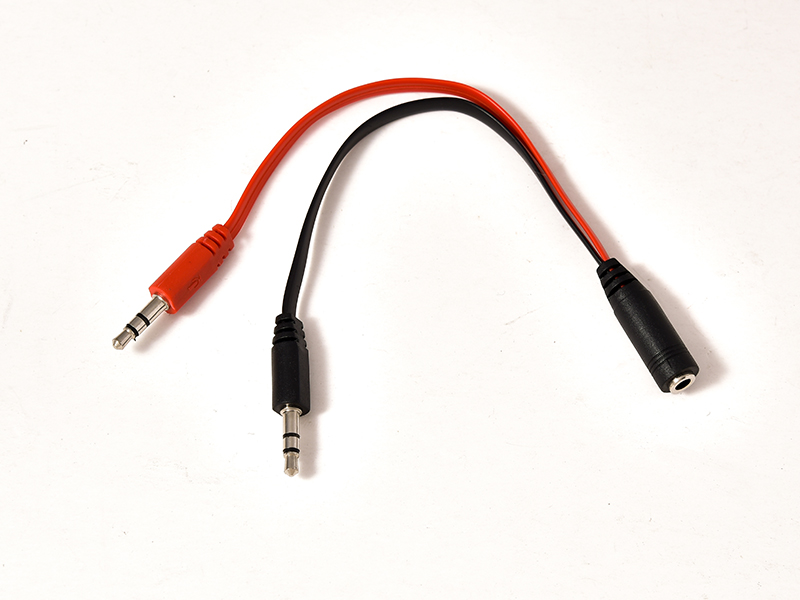Welcome To Chibi zhilixing Electronic Technology Co., Ltd

National Service Hotline +8615872783231 sherry@cbzlx.com
Welcome To Chibi zhilixing Electronic Technology Co., Ltd

National Service Hotline +8615872783231 sherry@cbzlx.com

HOT LINE
+8615872783231 sherry@cbzlx.comCatalogue:未知Addtime:2021-12-03 17:12:50Hits:
People can easily confuse wires, cables and harnesses. In fact, there are some differences between them. Today, let's talk about the differences between them:
1. Cables and wires are generally composed of three parts: core wire, insulating sheath and protective sheath. The wire is composed of one or several soft wires, which are covered with a light and soft protective layer; The cable is composed of one or several insulated conductors, which are covered with a tough outer layer made of metal or rubber.
2. There is no strict boundary between the two. Generally, products with few cores, small diameter and simple structure are called wires, those without insulation are called bare wires, and others are called cables; The larger conductor cross-sectional area (greater than 6 mm2) is called large wire, the smaller (less than or equal to 6 mm2) is called small wire, and the insulated wire is also called cloth wire. Cables generally have more than 2 layers of insulation, most of which are multicorejunctions.

An electrical signal transmission system composed of communication cables and their auxiliary equipment. Communication cable is a wire harness composed of multiple insulated core wires or conductors twisted in a certain way. It is wrapped with a sealed sheath, and some are also covered with an outer sheath. Cable lines can be used to transmit telegrams, telephones, images, data and TV programs.
3. The cable line is composed of conductor, insulation layer, cladding layer, etc; Conductor: single strand or multi strand wire of copper or aluminum, usually multi strand, for transmitting electric energy; Insulation layer: insulate the conductor from the conductor, and the conductor from the cladding layer. The insulation materials include rubber, asphalt, polyethylene, polyvinyl chloride, cotton, hemp, silk, oil immersed paper, mineral oil, vegetable oil, etc. at present, most of them use oil immersed paper; Protective layer: it protects the insulating layer and prevents the overflow of insulating oil. It is divided into inner protective layer and outer protective layer; The cost of cable line is higher than that of overhead line, but it does not need to erect poles and towers, occupies less land, has reliable power supply, is rarely damaged by external forces, and is harmful to personal safety.
NEXT:testtesttesttest11